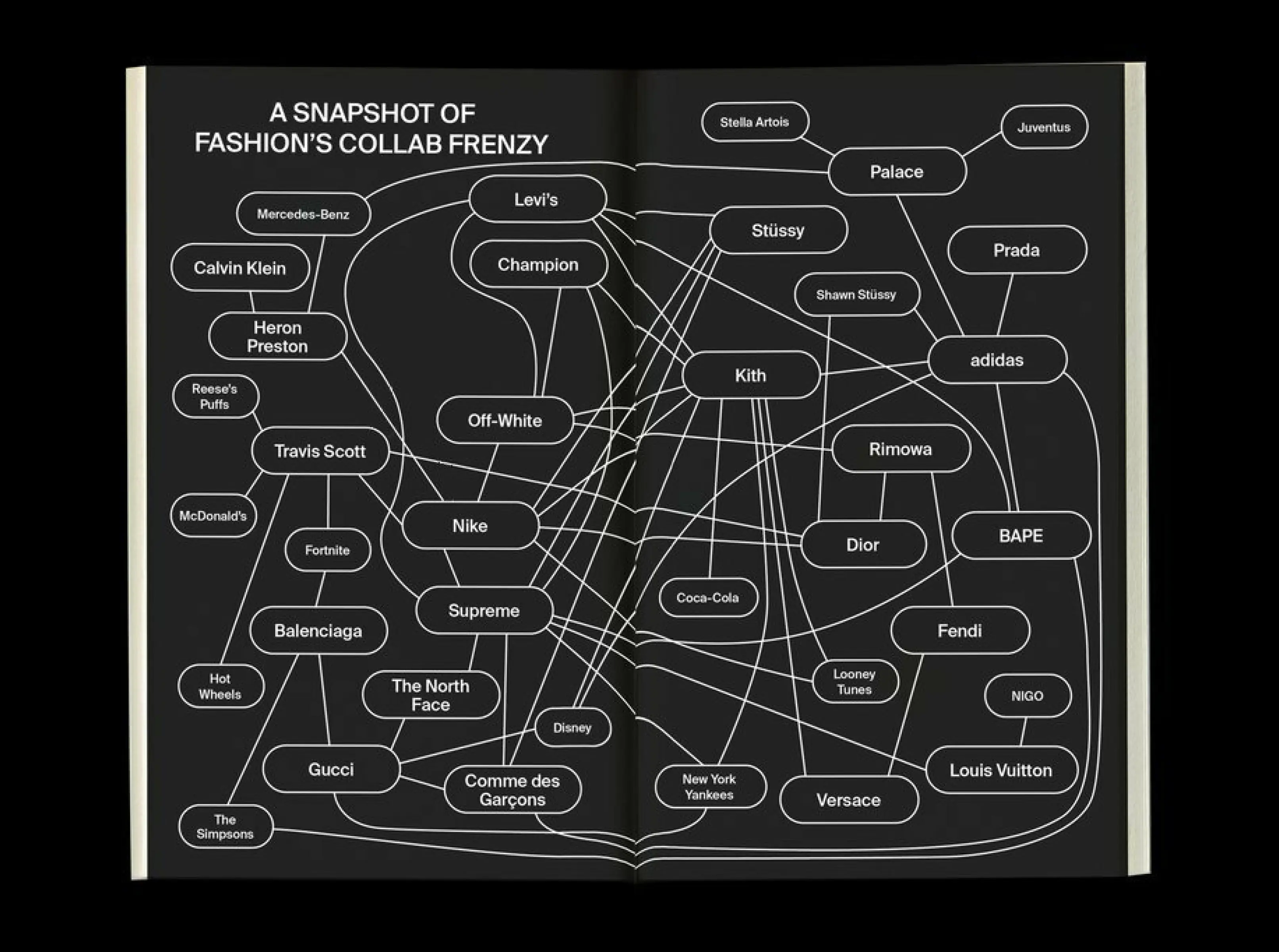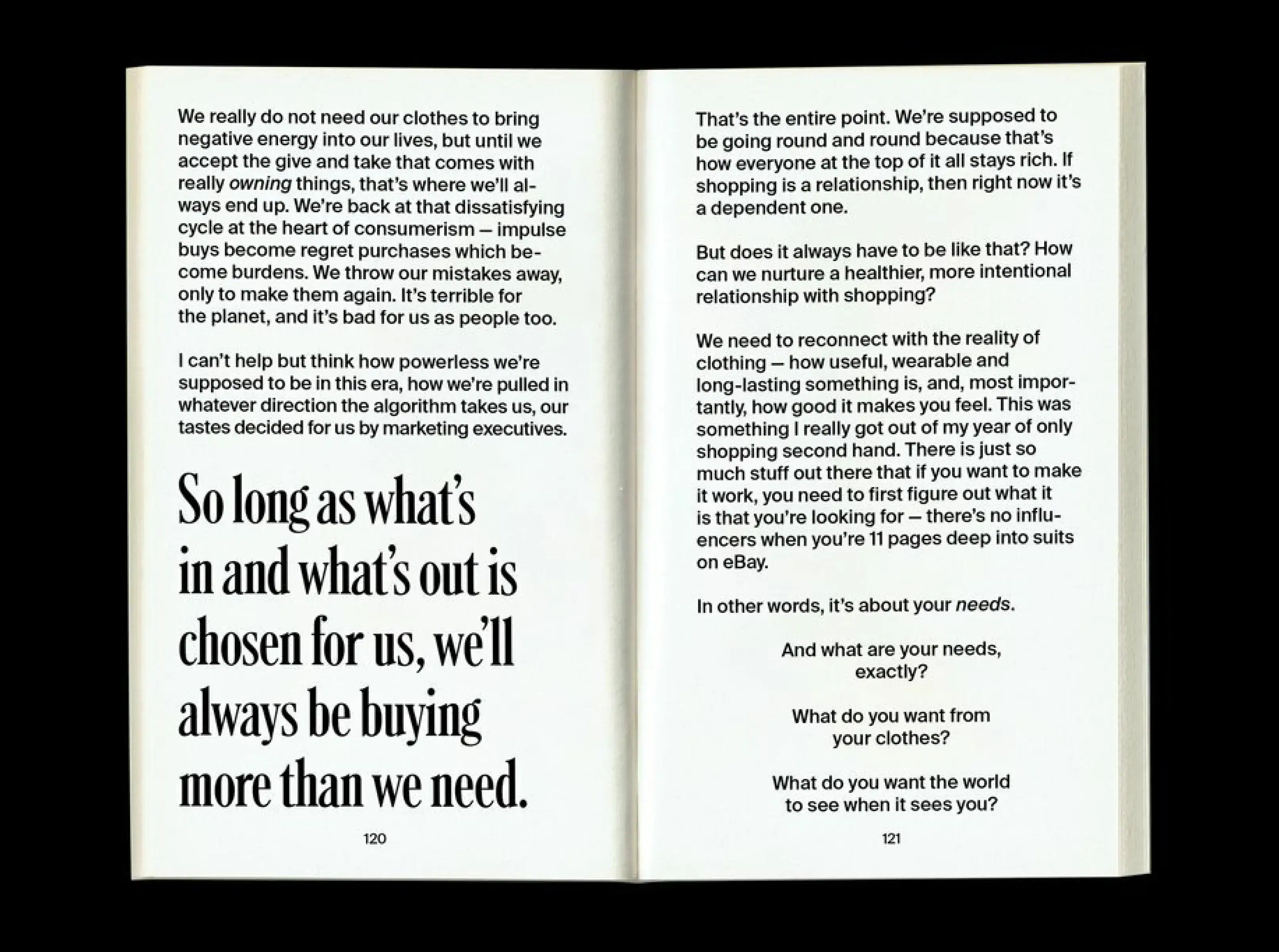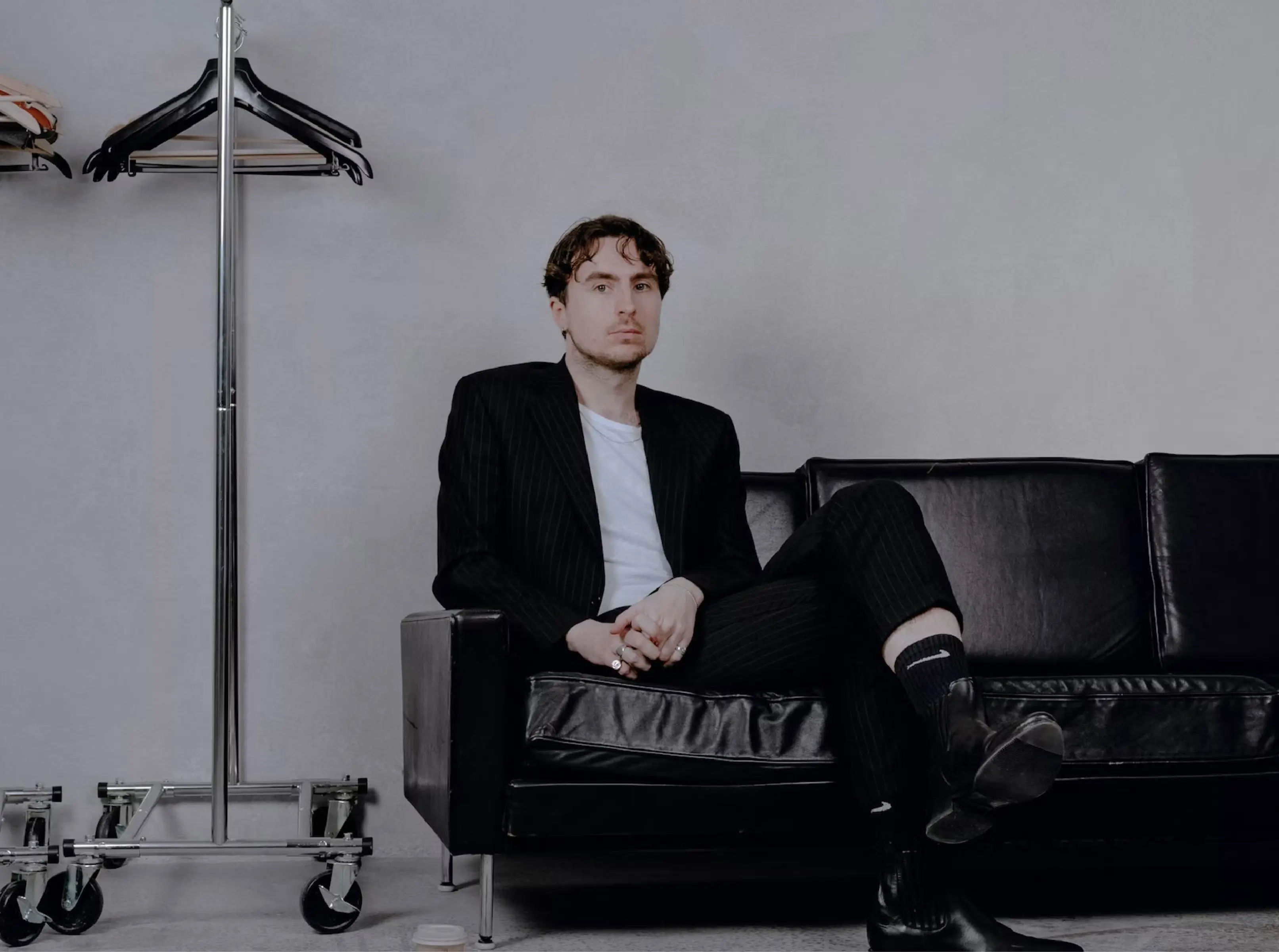Change Maker
Future Dust’s Alec Leach
May 13, 2022
Writer Sophie Benson catches up with the sustainable fashion editor about his new book, a call to arms for the clothing industry—and the consumer in all of us.
Alec Leach spent much of his career deep in the trenches of hype culture. As a fashion editor for Highsnobiety, Leach covered the intersection between streetwear, sneakers, and high fashion. It was his job to know about every drop and every trend shift, reporting from runways, seeking out new designers, and ultimately promoting the rampant consumerism that underpinned it all.
Upon leaving his role at Highsnobiety in late 2018 and coming up for air, it became clear to Leach that the volume of product, the waste, and the churn of newness was unsustainable from both an environmental and a personal perspective. The following year he launched the Instagram account, Future Dust, which became a platform to explore responsible design, fashion innovation, and mindful consumption. However, set against the frenzy and algorithms of social media, Leach quickly realized the urgency and relevance of the discussion required more space than a caption can offer.
The outcome is Leach’s new self-published debut, The World Is On Fire But We’re Still Buying Shoes, a 20,000-word manifesto representing the antithesis of the fashion sector he once inhabited. It elucidates humanity’s closing window for preserving a liveable climate and its insatiable appetite for consumption while remaining attuned to the psychological and cultural drivers that compel it.

QIn your book, you write about how clothes were “clogging up your wardrobe, your mind, and your life”. What was your relationship with consumption like when you were a fashion editor?
AI basically consumed out of habit rather than out of intention. It was dissatisfying. It was wasteful in terms of resources and time, but also money. And it brought nothing to my life, which I think is a pretty standard way of consuming for a lot of people who spend disposable income on clothes and live in the countries that we live in.
QWhat was the turning point for you in terms of changing your shopping habits?
ALeaving my job at Highsnobiety was definitely a big turning point because I didn’t need to be plugged into what was going on in fashion in the same way anymore. I took a bit of a break and that was a nice way of forcibly removing myself from social media and from thinking, who’s wearing this and what brands are hot. I ended up realizing that 99% of the clothes and brands and collections out there don’t mean anything to me, and they don’t need to mean anything to me. It’s been a really healthy thing.

QWhat prompted you to move from social media to traditional media and write a book?
AThere are a few reasons. The first was, honestly, I don’t trust the algorithm. I don’t trust the direction social media platforms are going in, and I don’t want to put all my eggs in one basket. But also, the creative industry is still a very material place—we’re always talking about things that happened IRL. I felt that releasing a physical product was just going to elevate what I do in terms of how seriously people took me. I initially thought I would do a zine or a more general printed publication. But I realized I was just afraid of putting myself out there; I thought, why am I still making myself small? The way I do things on [Future Dust] is very third person—I don’t show my face that much. So I realized I needed to get over having this separation between me and my work. Life’s too short not to do it.
QYour book is self-published. What was the motivation behind that decision?
AIt’s funny because self-published doesn’t always have the best connotations. But I’ve spent my entire professional career working in fashion, and independent and curated retail is so important for the part of the industry that I was in, I guess I just didn’t want to do a book that would be a 300-page paperback sitting in a mountain of other 300-page paperbacks in WH Smith or Barnes & Noble. That didn’t make sense for me or where my network is. I was thinking about how I could control the distribution and decide where I want to be seen. And it was also speed. Conventional publishing takes years. What I wanted to say was timely and felt relevant coming out of the pandemic; it didn’t make sense to go down the conventional route.
QDid you learn anything in the course of writing the book?
AIt was honestly similar to training for a marathon. Front to back, I started writing it in January, and I filed the final copy around October. But I was still working; I was still sustaining myself with my freelance work. I’ve taken a huge amount from what I learned from digital content. It’s why everything has been designed to be shared, it’s why it’s small, it’s why it’s short. This is just going to be the way that I publish now. I’ll hopefully spend much less time on it next time I do a book. It will be short, very opinionated, cool infographics, looks great, not doing any original reporting, just putting my perspective out in the world, moving quickly.

"I basically consumed out of habit rather than out of intention. It was dissatisfying. It was wasteful in terms of resources and time, but also money."
QWhat do you hope people will take away from your book?
ASomething I say in the book is that we’re trashing the planet for things that don’t even really make us happy. I hope that people would be a lot more careful about where they spend their money and how they spend it.
QWhere do you think fashion goes from here?
AThere’s not a single answer to the whole thing. If I imagine what fashion will look like in 10 years, it will be a combination of everything. It will be lower impact materials, rental, secondhand, handmade, pieces that are made one-off, really smart manufacturing solutions. There’s no single way of doing it but I think that’s why it always comes down to the volume of the clothes you’re buying. There isn’t a magic bullet that’s going to fix everything; it all needs to be slowed down while the innovation scales up.
Sophie Benson is a freelance journalist working with a focus on sustainable fashion, the environment, workers’ rights, and consumerism.
Editor: Dickson Wong
Photography: All portraits by Carys Huws. All book imagery courtesy of Alec Leach.
